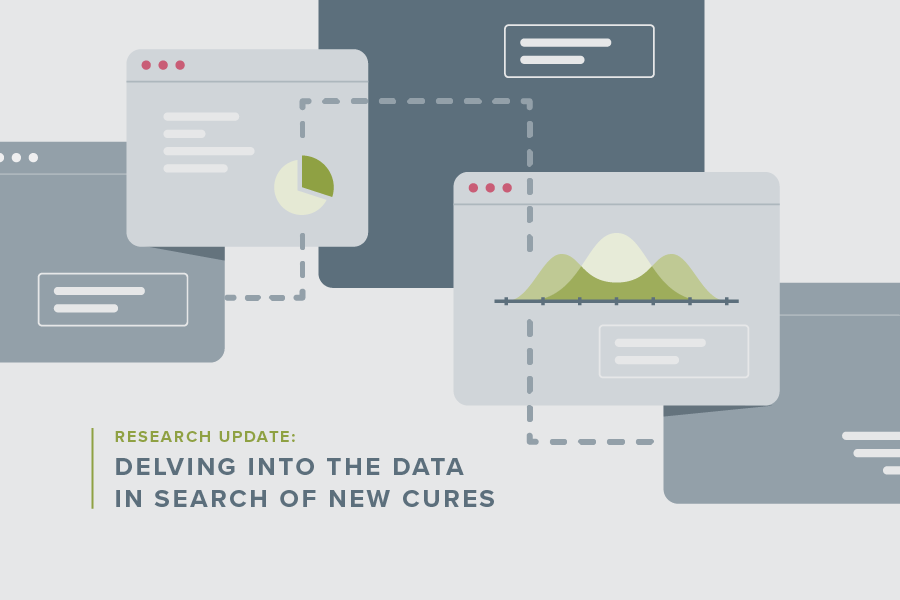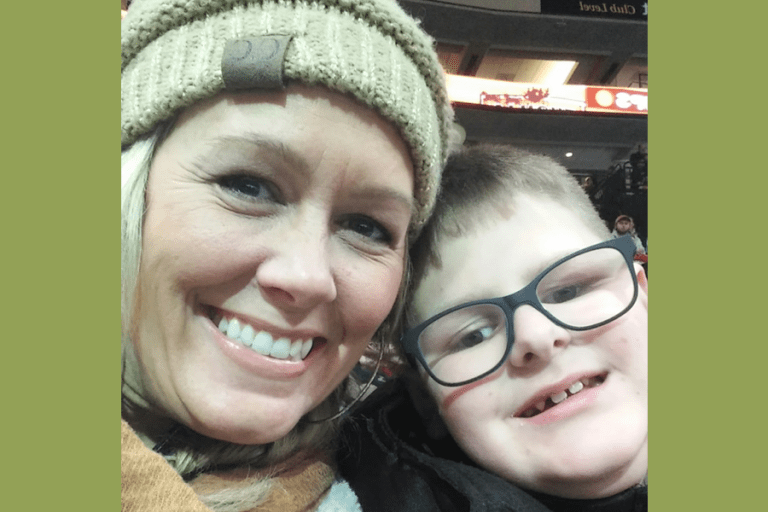With more than 10,000 experts at 200-plus institutions around the world, the Children’s Oncology Group (COG) is a research powerhouse. The consortium runs nearly 100 active clinical trials that aim to improve the care, survivorship and quality of life for children and adolescents with cancer.
And all that adds up to an ever-mounting treasure trove of data, ripe for uncovering new insights into the best ways to treat childhood cancer. COG’s nearly 50 statisticians play an essential role in every step of the research process, from designing new studies to monitoring and reporting data from active clinical trials to analyzing the results of completed trials. While this work happens behind the scenes, it’s critical to improving clinicians’ understanding of disease sub-types and factors that determine patients’ treatment response and resistance.
Now, with funding support from Children’s Cancer Research Fund (CCRF), COG is growing its data team by hiring two new statisticians and moving two experienced statisticians into new roles.
“By increasing our statistical bandwidth, COG can plan, conduct and analyze more studies every year. We can also share our data, especially with young investigators, all around the world to speed progress,” explains Douglas Hawkins, MD, chair of COG and an oncologist with Seattle Children’s Research Institute. “COG does not lack for data; we need statisticians to mine the valuable data we have and data we continue to generate. Given the rarity of pediatric cancer, it is essential that we learn from every child we treat to improve their outcomes.”
Putting new treatments to the test
One of the statisticians supported by the CCRF grant is Lingyun Ji, PhD, an assistant professor of clinical population and public health sciences at the University of Southern California’s Keck School of Medicine.
Early in her career, Ji worked at Children’s Hospital Los Angeles. There, she was moved by the young patients she saw in the hallways, who put a human face on the work she was doing on the statistical side of clinical trials. “It always makes me feel heartbroken when seeing kids have a cancer,” she says. “If there’s anything I can do to help kids diagnosed with cancer to have a healthier life and to achieve better outcomes, that would be a very meaningful thing to do.”
That desire drove her to earn her PhD in biostatistics and eventually join COG in 2017. “I see the significant contributions that people at COG are making toward pediatric cancer research,” says Ji, who recently assumed a new role on COG’s Scientific Council, which oversees the strategic priorities of COG’s clinical trials and biology studies.
Ji spends her days juggling projects in various stages of clinical trials development. Sometimes she’s digging into past data — for example, a retrospective study that reviewed the largest cohort to date of infant to young adult patients with acute lymphocytic leukemia (ALL) enrolled in 12 completed frontline COG clinical trials to assess outcomes after relapse in the past 15 years. “Survival for children, adolescents and young adults with relapsed ALL is historically dismal,” Ji explains. “With this project we want to understand the outcomes of patients with relapsed ALL in the more contemporary era. How have we improved outcomes over the past 15 years? Where does the disease often re-appear and when? Which patient groups don’t do well? This research project will be very helpful to design future clinical trials on patients with relapsed ALL and can potentially enhance risk stratification at relapse.”
One highlight of Ji’s past year, recently published in the Journal of Clinical Oncology, was a Phase II clinical trial that looked at the safety and efficacy of inotuzumab ozogamicin (InO) in pediatric patients with relapsed or refractory B-cell ALL. After a cohort of patients treated with InO as a single agent had an encouraging response rate, the trial was amended to add a second cohort to study InO in combination with chemotherapy to establish the safety for future incorporation of this promising agent.
Robust statistical analysis and clinical trial design benefit patients. “I feel like decades ago, we probably treated patients based on where in the body a cancer started and didn’t understand very well the heterogeneity of a cancer and the risk factors,” Ji says. “But over the years, we made a lot of progress in risk classification and stratification. Now treatment is more personalized.”
With the support of organizations like CCRF, COG can activate more clinical trials and work more efficiently to analyze and share new research findings, she notes.
“This philanthropic support is critical,” Ji says.
Boosting statistical bandwidth
Another statistician supported by CCRF is Doojduen Villaluna. Villaluna first joined COG in 2009, focusing on non-Hodgkin lymphoma, germ cell tumors and sarcomas, and then later transitioning more toward cancer control and late effects studies. “Children’s cancers have always been near and dear to me having experienced someone very close to me go through this in my younger years. This was the first cause that really spoke to me once I graduated with my master’s degree in biostatistics and epidemiology,” she explains.
During her time at COG, the number of statisticians has doubled to keep up with the group’s many clinical trials. In 2020, thanks to the support of CCRF, Villaluna transitioned into a new position as associate director of statistics.
The data team’s master’s-level statisticians are split between COG headquarters in California, St. Jude Children’s Research Hospital and the University of Florida. Villaluna trains and mentors new hires, leads monthly calls among the statisticians to discuss various topics, and helps trouble-shoot challenges. “I hope I’ve become a valuable resource for our statisticians, especially in a time when many of us are working remotely,” Villaluna says.
One recent improvement she led involved creating a statistical library. “It’s a centralized location for the statisticians to share and find codes, templates, standard operating procedures and other resources so we aren’t duplicating efforts,” she explains.
Standardizing and streamlining processes helps get research breakthroughs to patients as quickly as possible. “It allows for more time to focus on analyzing the data and publishing manuscripts,” Villaluna says. “It’s about getting these results disseminated among the clinicians and really practiced.”
That mission continues to inspire Villaluna, Ji and their colleagues every day. “What I love about this job is the people here really have a sense of purpose — it resonates with all of us, and so it’s a great group to work with,” Villaluna says. “There’s a real concerted team effort in our fight against childhood cancers.”
Your donation makes research breakthroughs possible
By donating to Children’s Cancer Research Fund, you’re giving the brightest scientists the support they need to put their great ideas into practice. Learn more about CCRF's commitment to funding researchers early in their careers.




